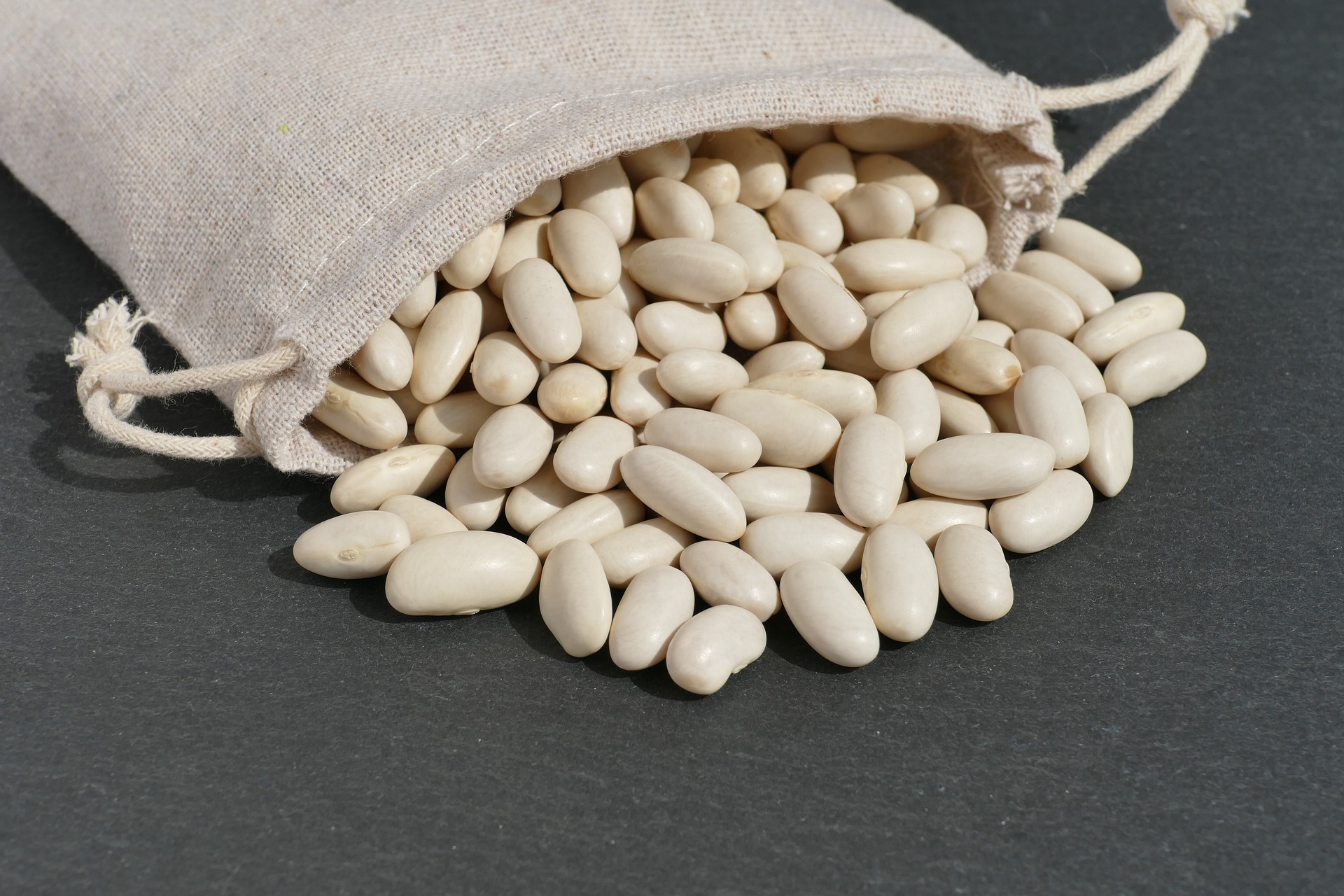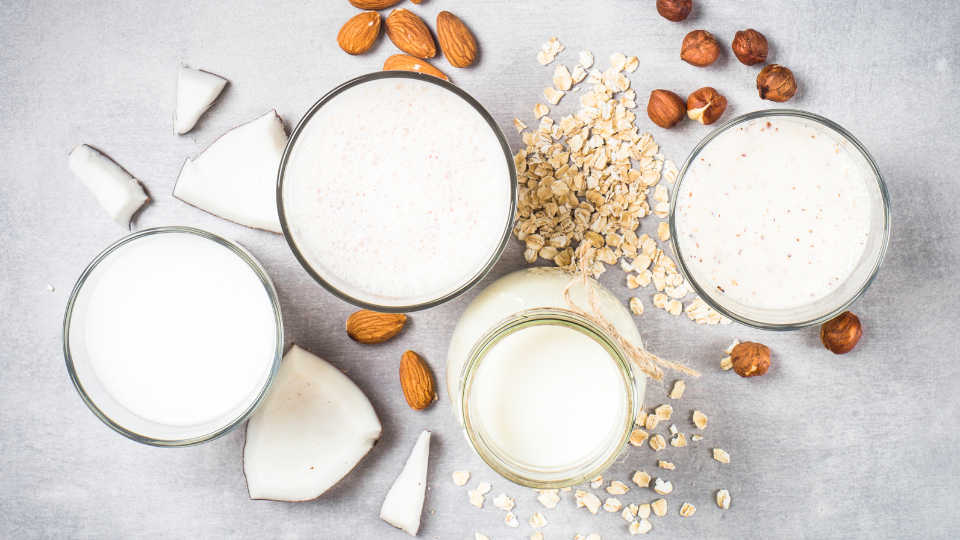Fruit and Vegetable Guide Series: Peaches

Utah Local Fresh Season: August to September
Availability: Peaches are available year-round but taste the best and are less expensive during the summer.
Eating: Peaches can be eaten fresh in salads or smoothies. They can be used as a topping for yogurt, ice cream, cereal, pancakes, or waffles. Peaches are used as filling for pies, tarts, cobblers, or strudels. They can also be grilled and served as a unique side dish with meat, fish or poultry. Peaches are available dried, frozen, canned, as nectar, jam, or jelly.
Selecting: For best quality, select peaches that are firm to slightly soft and free from bruises. The best sign of ripeness in a peach is a creamy or golden undertone, often called “ground color.” The rosy “blush” on a peach is not a good indicator of ripeness and differs from one variety to another. Fresh peach fragrance also indicates ripeness. Avoid peaches with a green ground color as they lack flavor and usually shrivel and become tough rather than ripen. Peaches that are picked green may develop more juice, but they will not become sweeter.
Peaches are classified either as clingstone or freestone according to how difficult it is to remove the pit. It is easier to remove the pit from freestone peaches.
When selecting canned peaches look for those that are labeled “packed in its own juice,” “lite,” or “no sugar added”. These are healthier choices.
There are several different varieties of peaches grown in Utah. Some of the more common are:
• Canadian Harmony: used fresh and for freezing
• Elberta: excellent for fresh eating and canning
• Early Elberta: excellent for fresh eating and canning
• J. H. Hale: great for canning
• Red Haven: excellent for canning, freezing and fresh eating
• Glohaven: superior for canning and freezing
• Red globe: excellent for fresh eating, canning, or freezing
Cleaning and Preparing: Wash peaches by rubbing them gently under running water.
If a recipe calls for peeled peaches, dip peaches into boiling water for about 30 seconds, then plunge them immediately into iced water. The skins will slip right off. Fresh peaches darken quickly when exposed to air. Prevent browning of fresh cut peaches by dipping fruit into a mixture of 1 cup water and 1 tablespoon lemon juice. A commercial ascorbic acid mixture like Fruit Fresh can also be used to prevent browning.
Pureed fresh peaches can be used in fruit punch, milkshakes, as a mix-in for warm oatmeal, a topping for pancakes or French toast, and as a basting sauce to brush on grilled meat or poultry. See the following recipe on how to make peach puree.
Peach Puree: To prepare peach puree, peel and slice peaches. Combine 1 cup sliced peaches, 1 tablespoon water and 1 teaspoon sugar (optional) in a blender and blend until smooth. Peach puree can be stored in a covered container in the refrigerator for a few days. Add one of the anti-browning solutions described above if the puree will not be eaten immediately.
To make peach ice cubes, puree 1 cup peaches with 1 tablespoon of lemon or orange juice and freeze in an ice cube tray. When frozen, transfer cubes to a freezer bag and store in the freezer. Add frozen cubes to lemon-lime soda to make a slush or place them in the blender with milk to make a homemade smoothie.
Storing: Firm ripe peaches, with good ground color, will become fully ripe and soft in three to four days when kept at room temperature in a loosely closed bag. Peaches are ready to eat when they give to gentle palm pressure. Peaches bruise easily if squeezed. Store fully ripe peaches in the refrigerator. For best peach taste, serve at room temperature.
Cooking: Fresh peach halves are delicious barbequed. Sprinkle peaches with ginger and brown sugar, thread on skewers and grill until the sugar caramelizes. Serve with meat, fish, or poultry.
Nutrition Highlight: Peaches are high in calcium and good sources of vitamin A and C.
Growing Peaches: Success in growing a peach tree in Utah requires some preparation and considerable maintenance. Peaches prefer well drained soil. While most of Utah's heavy clay soils are not ideal for fruit trees they can work. Peaches require full sunlight and should not receive shade from buildings or tall trees. If possible, select a site with a high elevation so that cold air can drain away from the tree on a cold night during bloom. The best site will have well drained sandy loam type soil. Peach tree roots or rootstocks will not tolerate soils where water remains on or near the surface for more than one hour after heavy rain.
Preserving Peaches: Peaches may be canned, frozen, or dried for future use. They may be canned as halves, slices, jams or pie filling. For more information, visit the National Center for Home Food Preservation Website.
References
1. National Center for Home Food Preservation; http://nchfp.uga.edu/
2. All about peaches; http://www.recipetips.com/kitchen-tips/t--834/all- about-peaches.asp.
3. Food and fitness – From harvest to health – Peaches. University of Missouri Extension.
http://missourifamilies.org/features /nutritionarticles/ harvesttohealth/peaches.htm
4. Peach Parfaits; http://www.pickyourown.org/peachrecipes.htm.
Authors
Ann Henderson, Extension Associate Professor
Additional Editor
kari Ure, Extension Assistant Professor
*This publication is a part of a series created by Create Better Health and Utah State Extension Employees. It has been reviewed and updated to include current evidence-based research and recommendations.
Related Nutrition Articles






